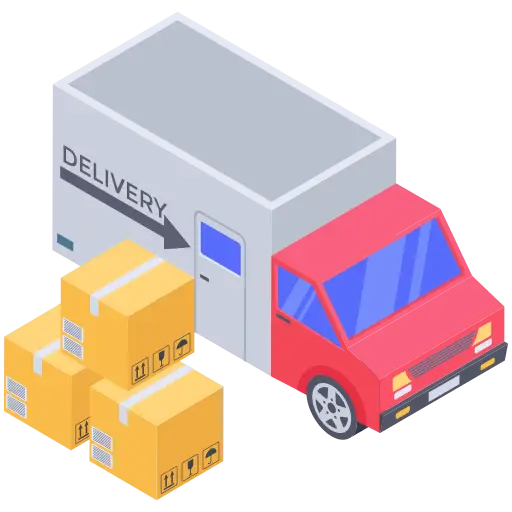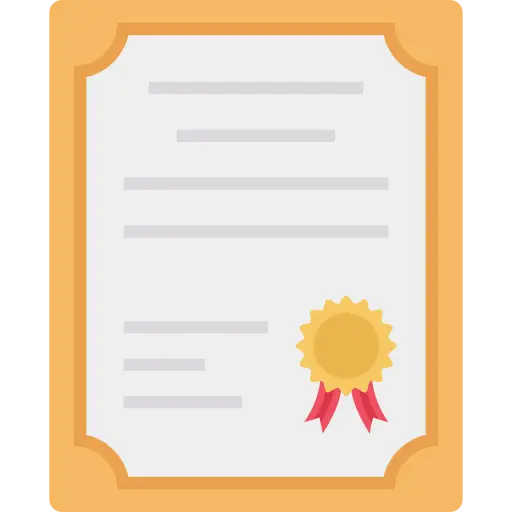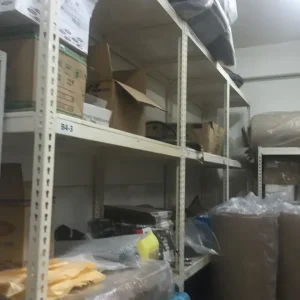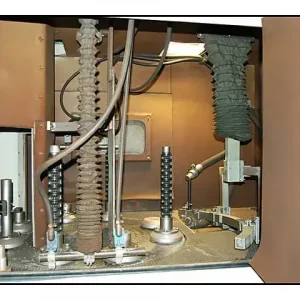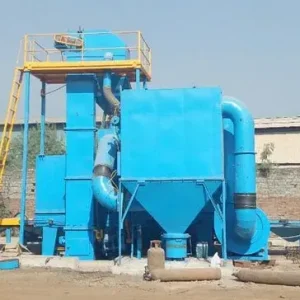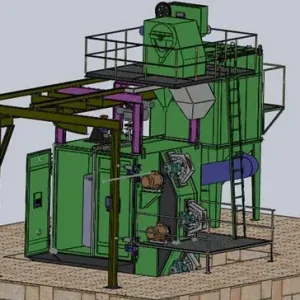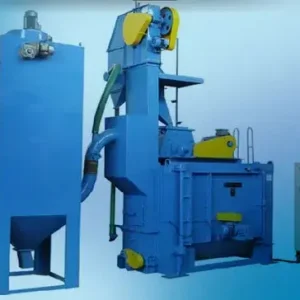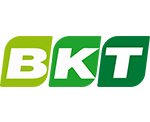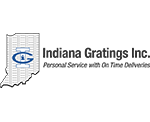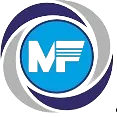What is Powder Coating?
Powder coating is a term used to describe a particular finish or base. It starts out as a fine powder. This powder consists of finely ground particles of pigment and polymer resin. After application to a surface, the powder is chemically altered with heat to create a finishing film.
The entire powder coating process occurs as follows:
- Prepare: The surface of the material goes through a thorough cleaning process to prepare for the application of the coating. Cleaning involves removing surface contaminants, and it also prepares the surface for maximum adhesion between the material and the coating. This is accomplished with a thorough cleaning, followed by etching, rinsing and material-specific cleaning processes. Typically, any issues with coatings are the result of improper preparation, rather than an issue with the coating itself.
- Attach: Depending on the application, finishers either spray the powder coating material onto a prepared surface or dip the surface into a fluid containing particles of suspended powder. In both cases, professional surface finishers make the particles bind to the item using either electricity or heat.
- Cure: After attaching the powder to the surface of the item, the item is placed in an oven, where the heat causes the particles of powder to melt, merging into a continuous film. This film can be very thin, but powder coatings tend to apply best in a thick coat.
More About: Powder Coating System
Advantages of Powder Coating:
- Durability: Powder coatings possess incredible resistance to abrasion and corrosion, especially compared to liquid coatings. Additionally, many companies add compounds to their powder coatings to enhance anti-corrosive or anti-abrasive properties, maintaining the quality of the coating for a longer period.
- Longevity: The quality of a powder coating lasts for years, remaining bright and vivid with less fading over a longer period. Regardless of UV radiation and use, the quality of your powder coating will remain.
- Variety: Powder coating comes in a variety of colors and finishes, all depending on the particular needs of the application. Metallic, high and low gloss and clear finishes are all possible with powder coating. While color matching is a little more difficult with powder coating than it is with liquid coating, an experienced powder coating specialist can ensure a quality coating in the correct color.
- Less Toxic: Solvent-based coatings emit volatile, often toxic compounds into the air when heated or electrified, polluting the atmosphere. It can be toxic to improperly protected workers and harmful to the environment, but it can also require more extensive air treatment and exhaust systems to clear the air. Powder coatings emit negligible amounts of toxic compounds, and up to 98% of the overspray releases can be collected for re-use.
- Cost-Efficient: Powder coating has many benefits and requires little training and cleanup. It is an inexpensive option, especially considering the quality and durability of the product.
Applications of Powder Coating:
- Appliances: The appliance industry makes up the largest portion of the powder coating market, accounting for about ⅓ of all industrial powder coated parts. Powder coating is popular within this segment due to its two-fold benefit of being both aesthetically pleasing as well as resistant to abrasion and corrosion.
Some of the more common appliance applications of powder coatings include:
- Microwaves, Refrigerators
- Vending Machines
- Washers and Dryers
- Outdoor Products: Rough use and exposure to the elements are to be expected when you place appliances and furniture in the great outdoors. While these products are built to last in such conditions, their normal paint jobs often aren’t.
Powder coating is seen in many outdoor applications, such as:
- Farm Equipments
- Sports Equipments
- Outdoor Furniture
- Architecture and Construction: One of the fastest growing markets for powder coating is the architectural and building market, primarily due to the durability provided by powder coatings. With the wide variety of colors and finishes available in powder coatings, more and more construction companies are turning to powder coatings to provide long-term exterior finishes for outdoor venues and public works projects.
Some of the most common applications for powder coatings in construction include:
5 Things to Consider Before Buying a Shot Blasting Machine
What is a Paint Spray Booth? Uses, Benefits & Types
Why Industrial Paint Ovens Are Crucial for Durable Finishing
- Stadiums
- Fencing and Poles
- Doors and Windows
- Building Facades
- Automotive Items: Powder coating is commonly used throughout the automotive industry as both a basecoat and a finish for a variety of automotive components.
Some of the more specific applications of powder coating include:
- Surface Primer
- Under hood Components
- Wheels
- Motobike frames
- Public Transportation
- General Appliances: With the advent of new techniques and cost-effective finishing methods, more materials and products than ever are being finished with powder coating. Even plastics and woods can be finished using powder coating, thanks to new low-temperature powder application procedures.
Some of the other everyday items that are powder coated include:
- Fire Extinguishers
- Office Supplies
- Electronics


